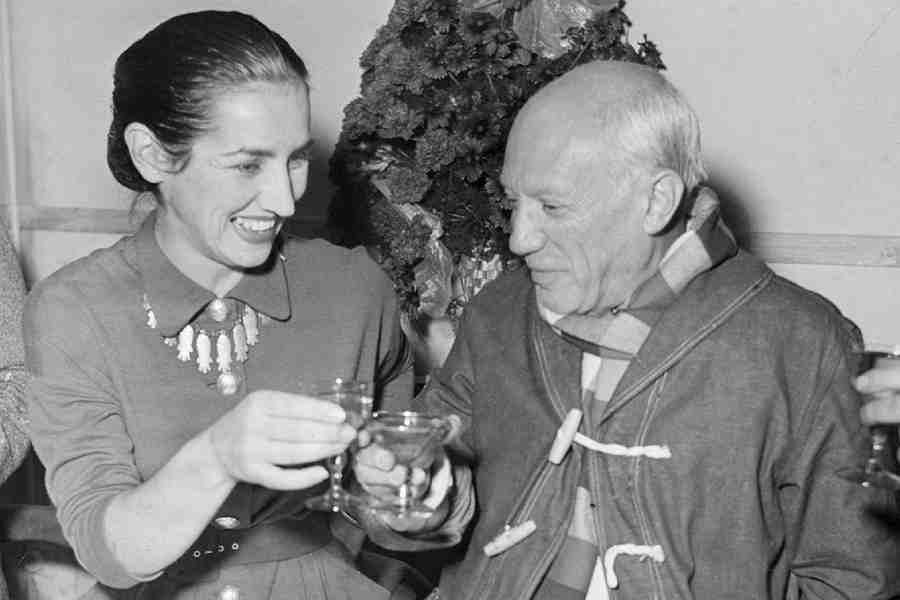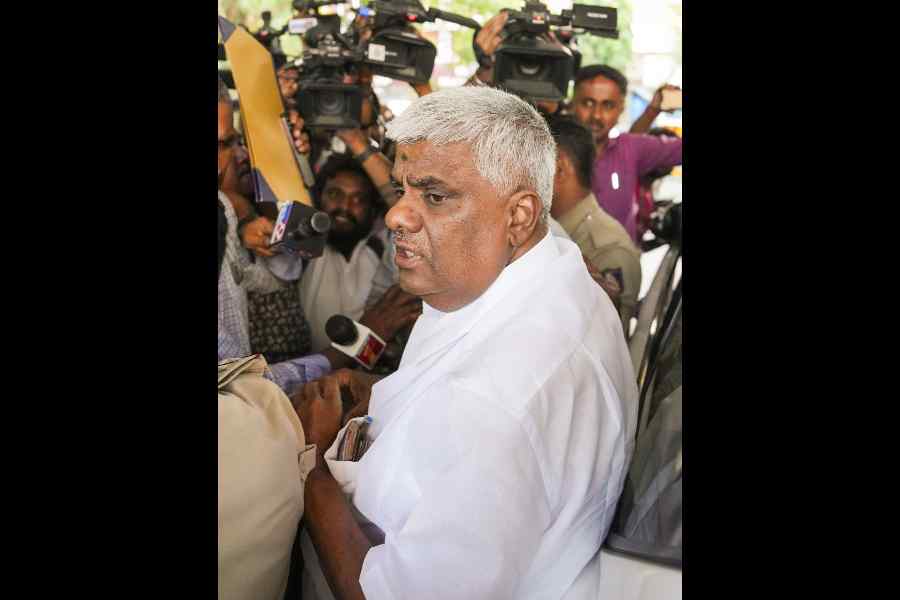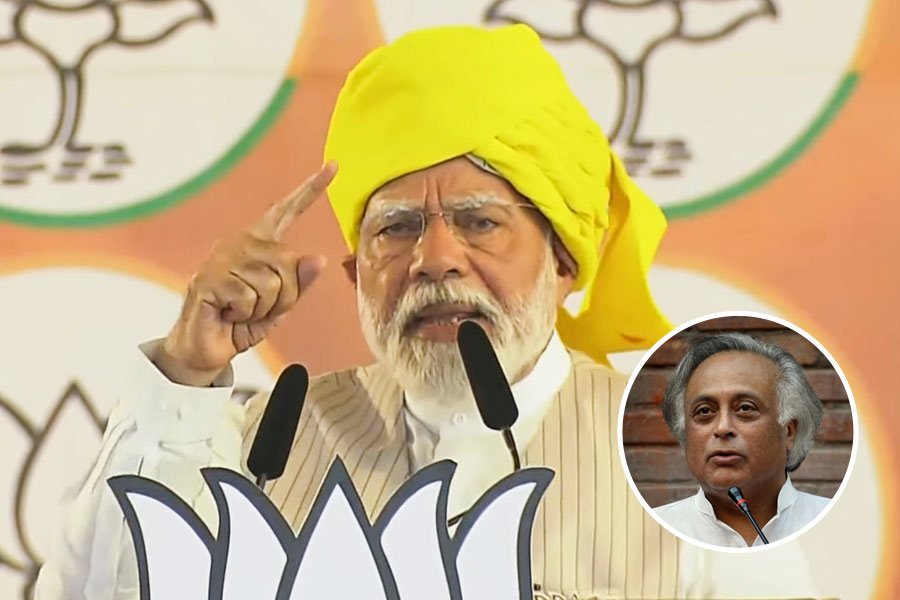Françoise Gilot, an accomplished painter whose art was eclipsed by her stormy romantic relationship with a much older Pablo Picasso, and who alone among his many mistresses walked out on him, died on Tuesday at a Manhattan hospital. She was 101.
The death was confirmed by her daughter Aurelia Engel, who said Gilot had recently been dealing with heart and lung ailments.
“You imagine people will be interested in you?” Gilot quoted a surprised Picasso as saying after she told him that she was leaving him. “They won’t ever, really, just for yourself. Even if you think people like you, it will only be a kind of curiosity they will have about a person whose life touched mine so intimately.”
But unlike his two wives and other mistresses, Gilot rebuilt her life after she ended the relationship, in 1953, almost a decade after it had begun despite an age difference of 40 years. She continued painting and exhibiting her work and wrote books.
In 1970, she married Jonas Salk, the American medical researcher who developed the first safe polio vaccine and lived part of the time in California. Still, it was for her romance with Picasso that the public knew her best, particularly after her memoir, Life with Picasso, written with Carlton Lake, was published in 1964. It became an international bestseller, and so infuriated Picasso that he broke off all contact with Gilot and their two children, Claude and Paloma Picasso. Gilot’s frank and often-sympathetic account of their relationship — she dedicated the book “to Pablo” — provided much of the material for the 1996 Merchant-Ivory movie, Surviving Picasso, in which she was played by Natascha McElhone, with Anthony Hopkins as Picasso.
If Gilot’s book sold well, so has her art. With her work in more than a dozen museums, including the Metropolitan Museum of Art and the Museum of Modern Art in New York and the Centre Pompidou in Paris, her paintings fetched increasingly higher prices well into her later years.
As recently as June 2021, her painting Paloma à la Guitare (1965), a blue-toned portrait of her daughter, sold for $1.3 million in an online auction by Sotheby’s. That surpassed her previous record price, $695,000, paid for Étude bleue, a 1953 portrait of a seated woman, at a Sotheby’s auction in 2014. And in November 2021, her abstract 1977 canvas Living Forest sold for $1.3 million as part of a retrospective of her work at Christie’s in Hong Kong.
Lisa Stevenson, the head of curated sales for Sotheby’s in London, told ARTnews after the 2021 auction, “It isn’t commonly known that Gilot’s commitment to art was present long before her relationship with Pablo Picasso, and she was sadly often left in his shadow.”
Gilot herself preferred to leave judgments about her art and life to others. As she told The New York Times in a profile of her published in January 2022, “I am not going to make a big deal of being more than what I am — or less.”
Marie Françoise Gilot was born into a prosperous family on November 26, 1921, in Neuilly-sur-Seine, a suburb of Paris, the only child of Emile Gilot, an agronomist and chemical manufacturer, and Madeleine Renoult-Gilot. Her 19th-century ancestors had owned a couturier house of fashion whose clientele included Eugenia, the wife of Emperor Napoleon III.
Marie Françoise was drawn to art from an early age, tutored by her mother, who had studied art history, ceramics and watercolour painting.
As Gilot described it in Life With Picasso, her first encounter with Picasso, in May 1943, was accidental. She was dining with her closest friend, Geneviève Aliquot, and an actor, Alain Cuny, in Le Catalan, a small restaurant on the rue des Grands-Augustins, near Picasso’s Left Bank studio. Picasso was at another table accompanied by his mistress at the time, the Surrealist photographer Dora Maar.
Picasso asked Cuny to introduce him to the two young women. Learning that both were painters, he invited them to visit his studio. They did so together the following day and several more times.
New York Times News Service










